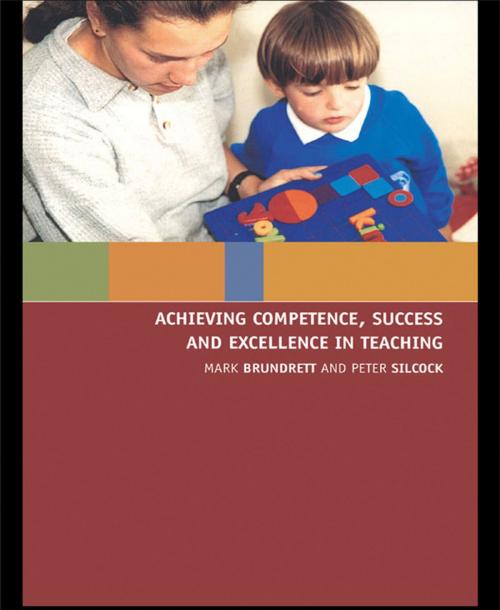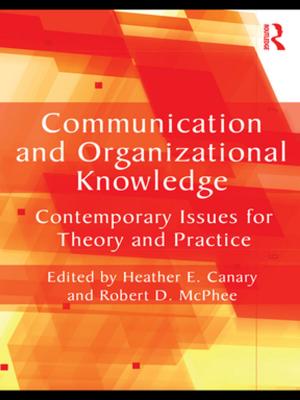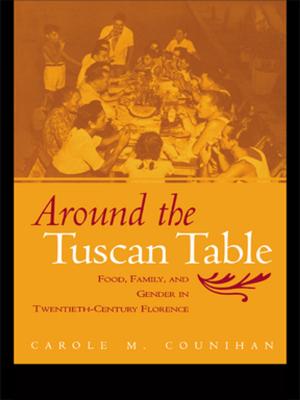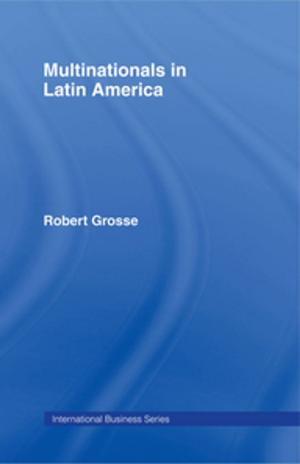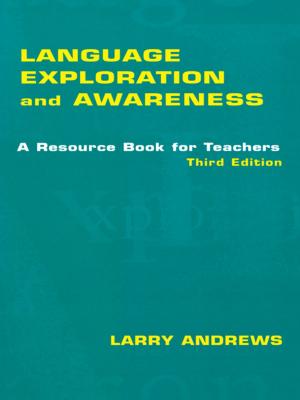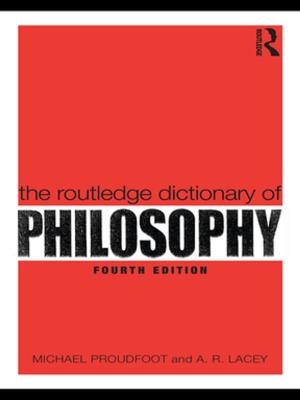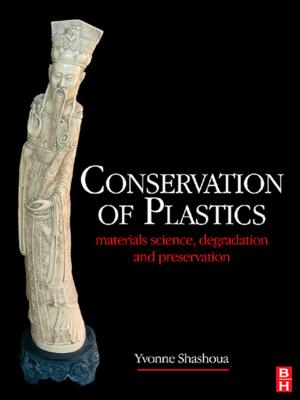Achieving Competence, Success and Excellence in Teaching
Nonfiction, Reference & Language, Education & Teaching, Counseling & Guidance| Author: | Mark Brundrett, Peter Silcock | ISBN: | 9781134550791 |
| Publisher: | Taylor and Francis | Publication: | January 31, 2002 |
| Imprint: | Routledge | Language: | English |
| Author: | Mark Brundrett, Peter Silcock |
| ISBN: | 9781134550791 |
| Publisher: | Taylor and Francis |
| Publication: | January 31, 2002 |
| Imprint: | Routledge |
| Language: | English |
Measuring the ability to teach is central to government policies to raise standards in schools. 'Successful teaching' is now measured through basic technical and personal skills in the context of the National Curriculum. Teachers are labelled successes or failures based on graded OFSTED inspections.
This thought-provoking book explains how different levels or qualities of teaching can be identified and achieved. It outlines the criteria for competent, successful and excellent educational practice, whilst suggesting ways of achieving the highest possible measure of excellence.
Uniquely, the authors separate the classical teaching approaches, teacher and pupil centred, from the more contemporary, partnership approaches. They look at a variety of models of successful and quality teaching and illustrate their virtues and limitations. The book also highlights ways in which inspection and appraisal strategies can be revised to meet criteria acceptable to both teachers and the groups to whom they are accountable.
Measuring the ability to teach is central to government policies to raise standards in schools. 'Successful teaching' is now measured through basic technical and personal skills in the context of the National Curriculum. Teachers are labelled successes or failures based on graded OFSTED inspections.
This thought-provoking book explains how different levels or qualities of teaching can be identified and achieved. It outlines the criteria for competent, successful and excellent educational practice, whilst suggesting ways of achieving the highest possible measure of excellence.
Uniquely, the authors separate the classical teaching approaches, teacher and pupil centred, from the more contemporary, partnership approaches. They look at a variety of models of successful and quality teaching and illustrate their virtues and limitations. The book also highlights ways in which inspection and appraisal strategies can be revised to meet criteria acceptable to both teachers and the groups to whom they are accountable.
